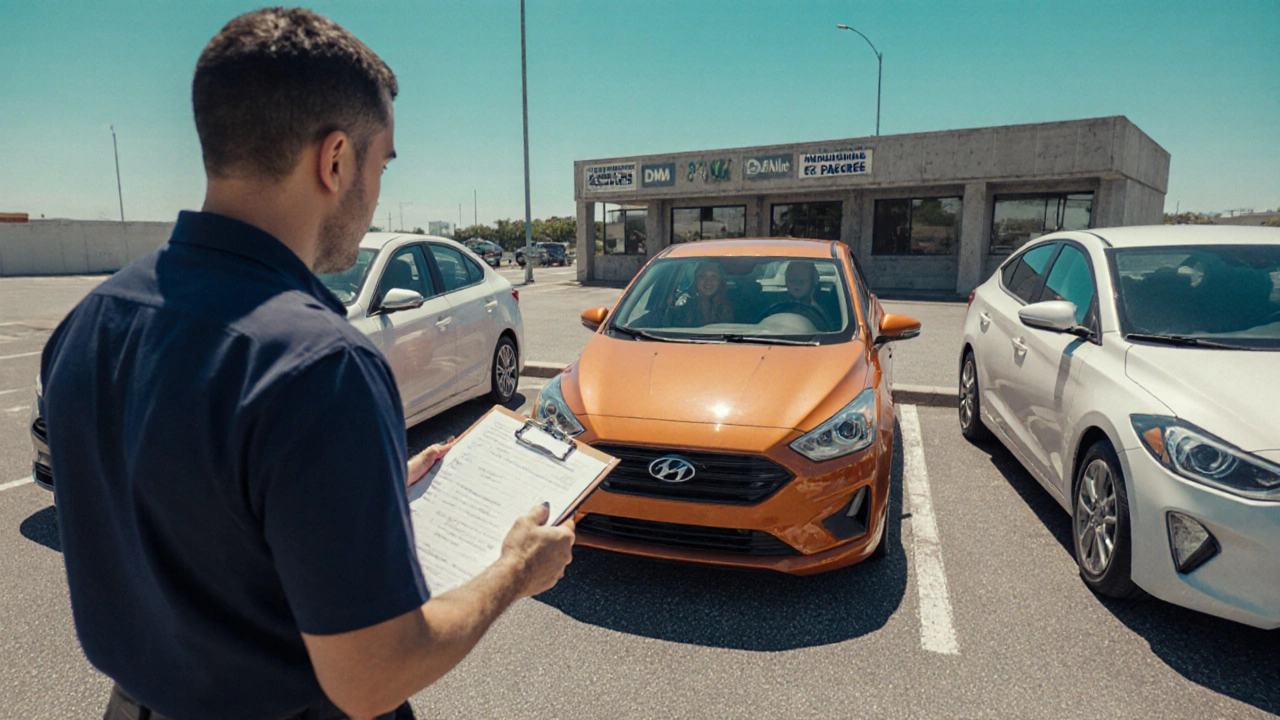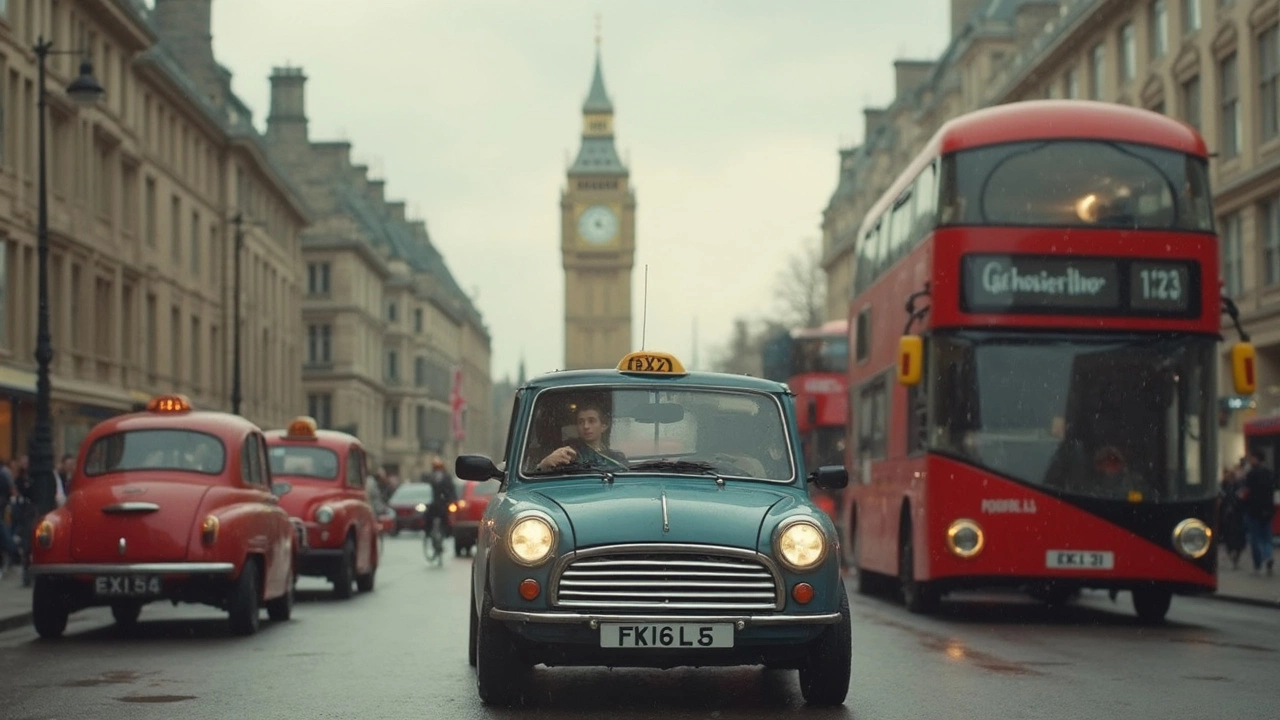Passing Driving Test: Practical Tips and Proven Strategies
So you’re ready to take the driving test and wonder how to actually pass it. The good news is you don’t need a miracle – just a clear plan, the right mindset, and a few smart habits. In this guide we’ll cover the most useful tricks from food choices to booking tricks, all based on what learners find works best.
First off, calm nerves before the exam. Anxiety can make you miss simple things like checking mirrors or signalling. Try a 5‑minute breathing routine the night before – inhale for four seconds, hold for four, exhale for four. Do it twice on the day of the test. It lowers heart rate and helps you focus on the road, not the pressure.
Beat Test Anxiety and Stay Calm
Eating the right snack can also keep nerves at bay. Light, protein‑rich foods such as a banana with peanut butter or a handful of almonds give steady energy without the crash that sugary snacks cause. Avoid heavy breakfasts that make you sleepy. Hydrate, but don’t over‑drink – a glass of water is enough to stay alert.
Another easy win is visualising the route. Spend a few minutes walking the test route on a map or online view. Picture each turn, stop sign, and junction. When you arrive at the real test, your brain already knows what’s coming, so you react faster and make fewer mistakes.
Smart Strategies to Pass Faster
Timing can matter. Many learners find early morning slots have less traffic and a calmer examiner. Check the booking system for the first available hours and aim for those if you can. You’ll face fewer distractions and feel more in control.
Don’t ignore the "big mistakes" checklist. Missing a stop sign, failing to check blind spots, or not signalling are the top reasons candidates fail. Before you start, commit to a quick mental checklist: mirrors, signals, speed, observation. Run through it at every new maneuver – it becomes automatic after a few repeats.
Practice isn’t just about behind‑the‑wheel time. Work on theory and hazard perception using apps or practice tests. Knowing the rules helps you anticipate what the examiner expects, especially at complex junctions. Even a 10‑minute daily quiz can boost confidence.
When the examiner gives you a direction, repeat it back in your own words. This simple habit shows you understand the instruction and reduces the chance of mis‑interpreting a turn. It also buys you a second to think about the safest way to execute it.
Finally, treat the test as a learning experience, not a life‑or‑death moment. If you make a minor error, keep going – the examiner looks at the overall drive, not one slip‑up. Staying positive keeps you from spiralling into more mistakes.
Put these tips together: calm breathing, smart snacks, early slot, checklist habit, and regular theory practice. Follow them on the day of your test and you’ll walk out with a much higher chance of hearing, "You passed." Good luck!
- October 12 2025
- 0 Comments
- Rowan Cavendish
Which US State Has the Hardest Driving Test? Pass Rates Explained
Discover which US state has the lowest driving‑test pass rate, why it's tougher, and actionable tips to boost your chances of passing anywhere.
- March 19 2025
- 0 Comments
- Rowan Cavendish
How Many Minors Can You Have on Your Driving Test?
Wondering how many minor faults are allowed during a driving test before you fail? It's a common question for learners eager to pass their road tests. On most tests, a certain number of minor errors are permissible, giving you more leeway than you might think. Understanding these rules can ease your nerves and help you focus on improving your driving skills. Let's break it down to see how you can better prepare and increase your chances of passing.
- Driving Lessons (41)
- Driving Test Tips (33)
- HGV Training (31)
- Driving Test Booking (27)
- Driving Licence Renewal (24)
- Driving Theory Test (21)
- Intensive Driving Course (16)
- Pass Plus Course (15)
- Driving Tips (15)
- Driver Licensing (14)
Categories
- January 2026 (4)
- December 2025 (15)
- November 2025 (13)
- October 2025 (21)
- September 2025 (5)
- August 2025 (8)
- July 2025 (30)
- June 2025 (30)
- May 2025 (30)
- April 2025 (31)
- March 2025 (30)
- February 2025 (28)
Archives
- driving lessons
- driving test
- driving tips
- intensive driving course
- driving test tips
- HGV training
- learn to drive
- driving theory test
- driver training
- driving test booking
- pass driving test
- HGV driving
- road safety
- driving license renewal
- Virginia driving test
- learner drivers
- safe driving
- Virginia driver's license
- driving license
- learning to drive


